A vast supply of indigenous wood species and a growing manufacturing base is making India a go-to resource in wood furniture, including the dining room segment where resources can translate the raw materials story into a casual lifestyle statement.
The wood species, including solid mango, acacia and sheesham, are finding their way into table tops and companion sideboards, buffets and some chairs. Indian furniture makers are also forging their own metals for table bases and hardware, adding a layer of mixed media on various pieces.
According to research by PBM Strategic Insights for Furniture Today, furniture imports from India grew to $335 million in 2016, more than double the $144.6 million reported in 2011. In 2016, wood furniture, including dining furniture, accounted for about $159.6 million, or nearly 48% of the total furniture shipments from India and up 18% from 2015. In 2016, the country shipped $18.4 million in dining tables to the U.S. up 3% from the $17.8 million in 2015.
Coast To Coast has been one of the most aggressive in the category, offering a variety of looks and wood species across some 25 to 30 inline dining groups.
“Our dining program has really exploded with India-made dining,” said Andy Stein, president. “It’s a totally different solid wood story, and we offer a really good value for what we are doing. It retails extremely well, but it is not the lowest end of the dining spectrum.”

The live edge Bent dining table, featuring a curved cast iron base and part of Moe’s Home Collection, is made in India.
Stein said the company works with all the primary wood species but noted that the majority of its tables are in sheesham, which has a wider grain pattern with varying color tones. It also uses acacia, which is more consistent in its coloration and lends itself nicely to live-edge looks.
Dining tables start around $999 and go up to roughly $1,599, with the bulk of the sales in the $999 to $1,199 range. Part of the value story is the size of the tables — 60-inch rounds and 40-by-80-inch rectangular — and hefty tops that are 3.5 to 4-inches thick.
“They are very transitional to contemporary,” Stein said, adding that bases range from solid wood to steel, offering a mix of looks and materials within those style categories. “That has been our focus style-wise. It is a lot of bang for the buck.”
The company also sources wood side pieces from India as well as solid wood chairs and benches.
Case goods and upholstery resource Classic Home has been sourcing furniture from India for more than 20 years and has its own production facilities there that the company said provide greater oversight and control over production. Some 40% of its dining line, which includes tables chairs and side pieces, is made in India, the company said.
“We maintain very high quality standards starting from the cutting and the treatment of lumber all the way through to completion,” said Marci Jones, chief operating officer. “Having all phases of production under our control gives us a huge advantage.”
Natural advantages
Jones said India’s main advantage in the category is the mix of plantation-grown lumber such as acacia and mango, the two wood species it uses most often. It also uses a variety of reclaimed wood species.
“These woods are hard and dense with beautiful grain patterns that add character and strength to our furniture,” Jones said. “Their quick growth rates mean they can be harvested, replanted and regrown faster than other woods traditionally used in furniture like oak and maple. This aids production cycles and our commitment to sustainable material sourcing.”
She added that the woods also work well for sanding and finishes. “And because these woods are native to the area, local craftspeople are particularly good at hand finishing,” she said, noting that dining tables retail from $799 to $1,499 and sideboards retail from $799 to $1,999.
Case goods and accessories resource Moe’s Home Collection also sources dining and other wood furniture from India. This includes dining tables, benches, sideboards and consoles. It does some all wood chairs, but like other resources interviewed for this story, gets most of its chairs outside India, including China.
Much of its Indian-sourced dining line is made with solid acacia, which company Vice President Moe Samieian Jr. described as more substantial in its make up than acacia from Vietnam.
“Even though Vietnam has acacia, it is totally different from India,” he said, noting that thicknesses of Indian-made tables can be up to two and a half inches. “From India you get solid, thick and bigger pieces. … You wouldn’t even know it is the same wood.”
He also made note of India’s supply of mango and sheesham, the latter of which reportedly has been reclassified to ease up on import/export restrictions of that wood.
Moe’s currently has 10-12 dining groups from India, with tables starting in the $1,299 range going up to nearly $2,999 for a 120-inch table.
Sourcing situation
Home Trends & Design has been sourcing in India for years and has its own production facilities there that produce much of its wood line.
Some other resources are more recent to India and thus have a more limited dining offering. However, by achieving looks and values they say are unique to India, they plan to continue sourcing there in the future.
Jofran primarily sources all leather dining chairs from India made with goat and buffalo hide and featuring iron frames. These chairs retail from $199 to $229 while an all iron frame chair retails at $99.
“They have very good capabilities in metal, and they do their own leather tanning,” said Joff Roy, president. He added that Jofran also sources two dining tables in its Nature’s Edge collection from India that are made with solid acacia and feature live-edge 40-mm tops.
“I would say that our business is two-fold — we are the ultimate value provider, and on top of that we are one of the most forward looking in terms of our style,” Roy said. “What we have been able to source in India meets both those criteria.”
He added that the company also sources a number of accent tables from India that are part of its Global Archives collection. “From a factory perspective, they bring a tremendous amount of creativity to the table, and that makes it pretty easy to develop product from,” Roy said.
Hooker Furniture currently sources two dining groups from India, which the company said are priced comparably to goods sourced elsewhere in Asia.
“The uniqueness of the materials and techniques are the differentiators,” said Pat Watson, vice president of merchandising. “The casual nature of most of the product from there helps create the demand it currently enjoys in the U.S. marketplace.”
In addition to a number of occasional pieces, Hekman sources one case goods collection called Bedford Park from India. Made with solid mango in a mid-tone brown finish called Bedford, it has a dining component that includes rectangular and round dining tables retailing at $1,199 and $899, respectively as well as a sideboard and buffet. Chairs, which feature upholstered backs and seats, are produced outside India.
In at the finish
In addition to good quality construction, the local finishing capabilities also are strong, noted Neil McKenzie, Hekman director of product development.
“It is a waxy lacquer, so it has a nice patina to it,” he said. “We are not dumbing down the finishes. It is a pretty complex finish, and they have executed it well.”
He agreed that that India remains a good resource for its use of solid woods as well as its ability to work with hand-forged solid metal components such as the base of the round dining table in Bedford.
Officials note that India still has some challenges to overcome, including delivery times.
“You need to plan for it properly,” said Moe Samieian Jr., of Moe’s Home Collection, noting that India has a two-month difference in production and transit times compared to China. “It requires a little more risk, a little more inventory and a little more planning.”
“India has a little more handmade feel to it,” he said. “That is great for the look, and it makes it more interesting, but there are some challenges. You have to have the proper QC in place, which we do. … We have grown our business in India the past four years — you just have to make sure you know who you are getting involved with and deal with it properly.”
Others such as Classic Home said they are working to improve logistics and lead times out of India, while Stein, of Coast To Coast, said that India has many challenges ranging from holiday interruptions in production to strikes that can affect production and delivery times.
However, he said the company has a large number of people on the ground who are involved in making sure deadlines are met.
“We have a handle on it,” he said. “If you don’t get it out and you don’t deliver it, it is a waste of time. You can have the greatest product in the world, but if you don’t deliver it, it doesn’t mean anything.”
McKenzie, of Hekman, said that it is important to find the right manufacturer that is able to produce the quality that matches your customers’ expectations. He said Hekman is pleased with its source partners there and is looking to grow its business out of India with more product planned for the April 2018 market.
“We do have more coming and are excited to develop product based on their unique capabilities there,” he said.
(Source: furnituretoday.com)
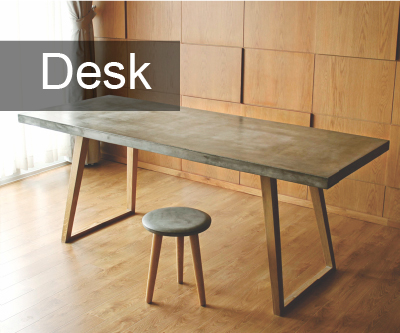

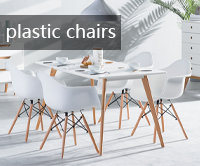

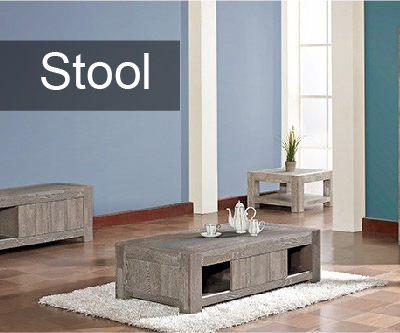

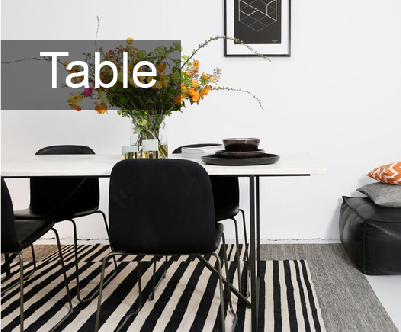
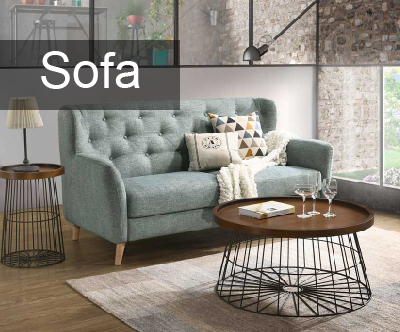



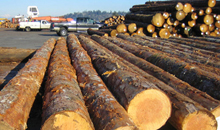
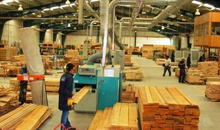
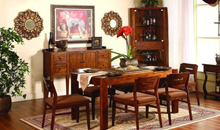













 沪公网安备31010402003309号
沪公网安备31010402003309号